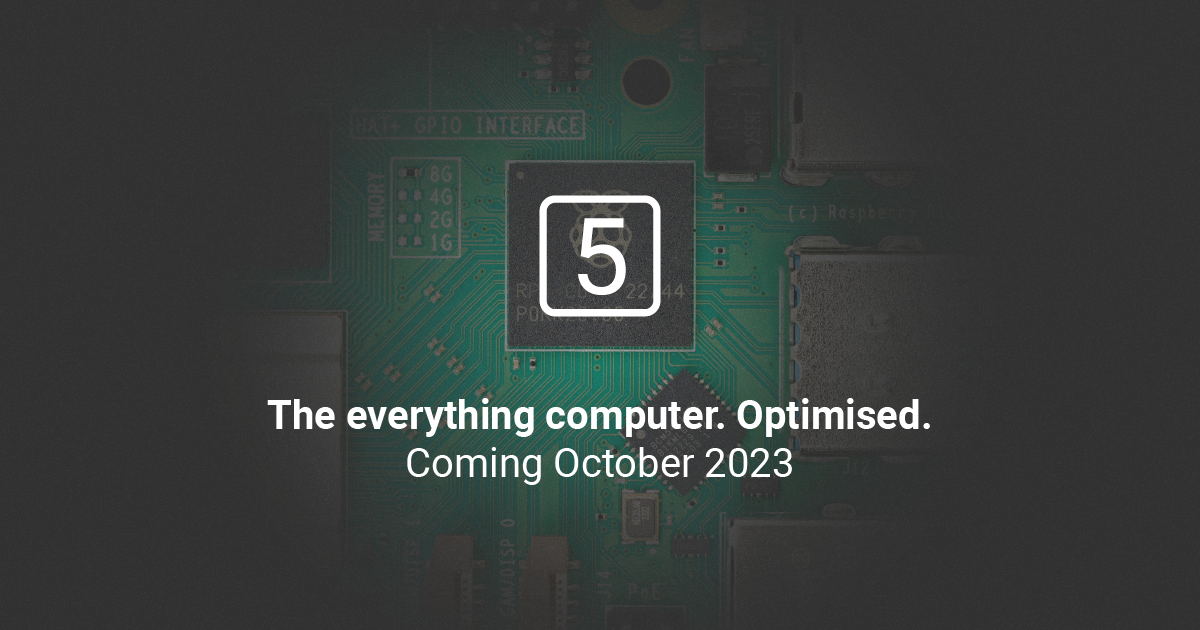- Broadcom BCM2712 2.4GHz quad-core 64-bit Arm Cortex-A76 CPU, with cryptography extensions, 512KB per-core L2 caches and a 2MB shared L3 cache
- VideoCore VII GPU, supporting OpenGL ES 3.1, Vulkan 1.2
- Dual 4Kp60 HDMI® display output with HDR support 4Kp60 HEVC decoder
- LPDDR4X-4267 SDRAM (4GB and 8GB SKUs available at launch)
- Dual-band 802.11ac Wi-Fi®
- Bluetooth 5.0 / Bluetooth Low Energy (BLE)
- microSD card slot, with support for high-speed SDR104 mode
- 2 × USB 3.0 ports, supporting simultaneous 5Gbps operation
- 2 × USB 2.0 ports
- Gigabit Ethernet, with PoE+ support (requires separate PoE+ HAT)
- 2 × 4-lane MIPI camera/display transceivers
- PCIe 2.0 x1 interface for fast peripherals (requires separate M.2 HAT or other adapter)
- 5V/5A DC power via USB-C, with Power Delivery support
- Raspberry Pi standard 40-pin header
- Real-time clock (RTC), powered from external battery
- Power button



Right now the main things I’m using it for is running PiHole and home-assistant, although there’s a few other network services I’d like to run on a couple Pi’s. So yeah, I can’t really use embedded devices for that. I could use something like a NUC, but that’s adding significant cost at that point, easily into the $200+ range, where I’m trying to keep it below $150. All my switches already provide PoE, and I need to run ethernet to the device anyway for network connectivity, so adding new PoE devices is literally just a single cable. If I’m powering them a more traditional way I’ve got to deal with a power brick and finding space in an already crowded UPS, or finding someplace to tack up a PoE extractor in a crowded shelf.